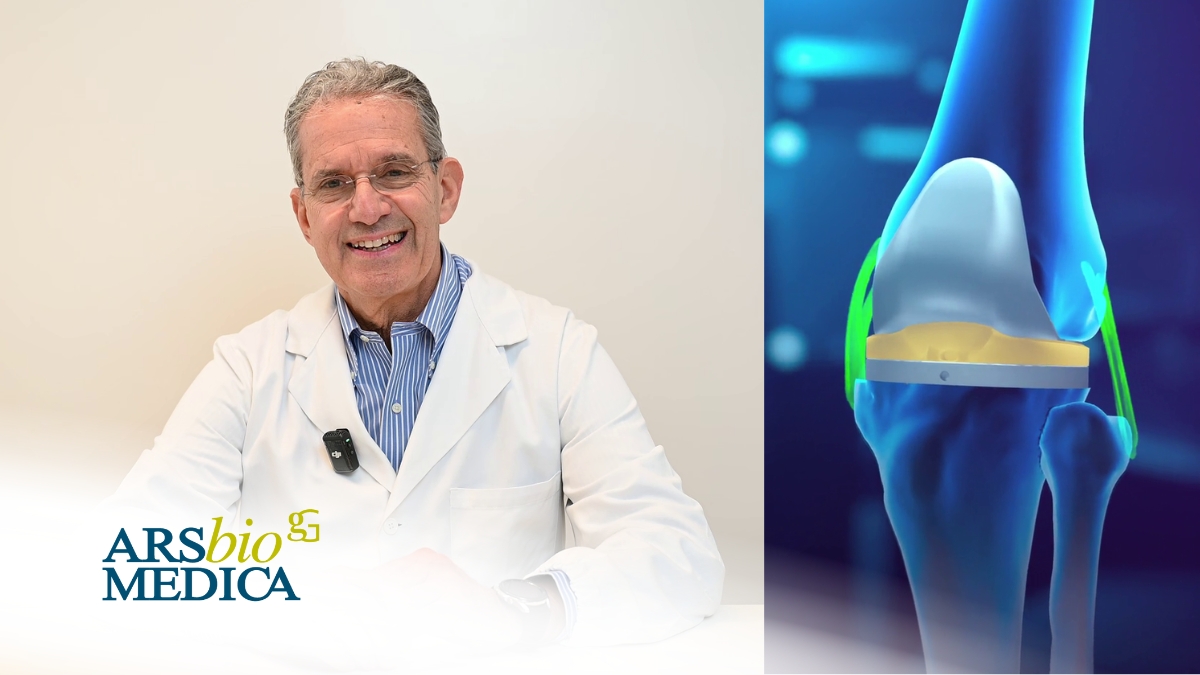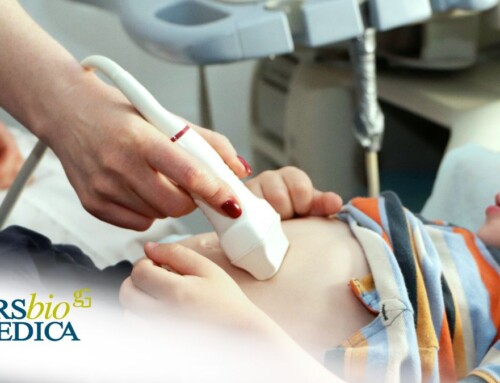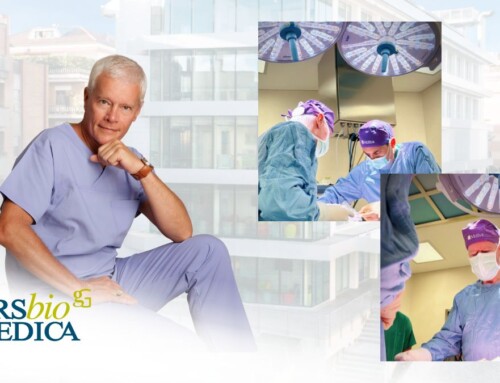
Articolo del 24/04/2025
Prosthetic surgery has undergone a remarkable transformation in recent years, thanks to the integration of advanced technologies designed to enhance precision, personalization, and clinical outcomes. Among the most notable innovations is navigated prosthetic surgery—a technique that assists the surgeon by ensuring more accurate placement of prosthetic components. At ArsbioMedica, we are at the forefront of this evolution, employing cutting-edge solutions that combine clinical expertise, 3D technologies, and navigation systems to deliver highly personalized and high-quality treatments.
What Are Navigated Prostheses? What Is Navigated Robotic Surgery?
We discussed this with Professor Cosimo Tudisco, Full Professor of Orthopedics and Traumatology. At ArsbioMedica, he specializes in prosthetic surgery across various joints—including the hip, knee, shoulder, ankle, and elbow—with a particular focus on the knee, shoulder, and hip. In recent years, he has introduced navigation technology into surgical practice.
At ArsbioMedica, alongside Professor Conte Duca, we have refined systems developed through years of study aimed at optimizing prosthetic outcomes.
Why Optimization?
Because it’s well understood that there is no such thing as patients in the abstract—there is only the Patient. Every individual possesses genetically determined characteristics, shaped further by their unique growth and development. For example, one person’s knee will never be exactly like another’s.
Even when two patients have similar deformities, the deviations in their knees will still differ. Until recently, we studied patients through X-rays, made calculations to determine angles that needed correction, and tried to provide the best possible alignment for the knee, hip, or shoulder based on physiological requirements.
Today, we begin by studying the patient using advanced radiological tools. At ArsbioMedica, we use state-of-the-art technology like the Apex Revolution 512-slice CT scanner to acquire detailed imaging. These images are processed using specialized software that allows us to identify and tailor the surgical plan based on the patient’s unique anatomy.
From Virtual Plan to Surgical Precision
Everything we plan based on radiological imaging must then be accurately translated into the operating room. However, intraoperative challenges and individual joint anatomy can sometimes lead to deviations from the plan.
To minimize such discrepancies—whether from visual interpretation or joint complexity—we rely on navigation systems. These allow us to monitor each surgical step in real time using dedicated sensors. The model we plan is constantly verified, ensuring each cut and prosthesis placement adheres precisely to the original blueprint.
Thanks to this navigated, pre-operative planning approach, intraoperative errors have been virtually eliminated, enabling us to consistently achieve the desired surgical outcome.
Why Choose ArsbioMedica for Navigated Prosthetic Surgery?
ArsbioMedica offers advanced operating rooms equipped with all the hardware and software necessary to support navigated surgery. More importantly, we provide the expertise and surgical techniques to translate planning into successful outcomes.
What Are the Benefits?
The benefits of navigation include:
-
Minimized risk of error, leading to significantly higher patient satisfaction.
-
Faster recovery, as pre-surgical planning optimizes postoperative mobility.
-
Lower revision rates, reducing the need for corrective surgeries.
-
Less blood loss during surgery.
-
Earlier functional autonomy for the patient.
Many patients are so pleased with the results that they request surgery on the opposite limb earlier than expected.
To achieve such results, a well-structured system is essential. This includes not only the orthopedic surgeon but also diagnostic imaging specialists, skilled operating room staff, and trained personnel with specific expertise in navigated surgery. At ArsbioMedica, this coordinated effort ensures the highest standard of care and the best possible outcomes for each patient.






